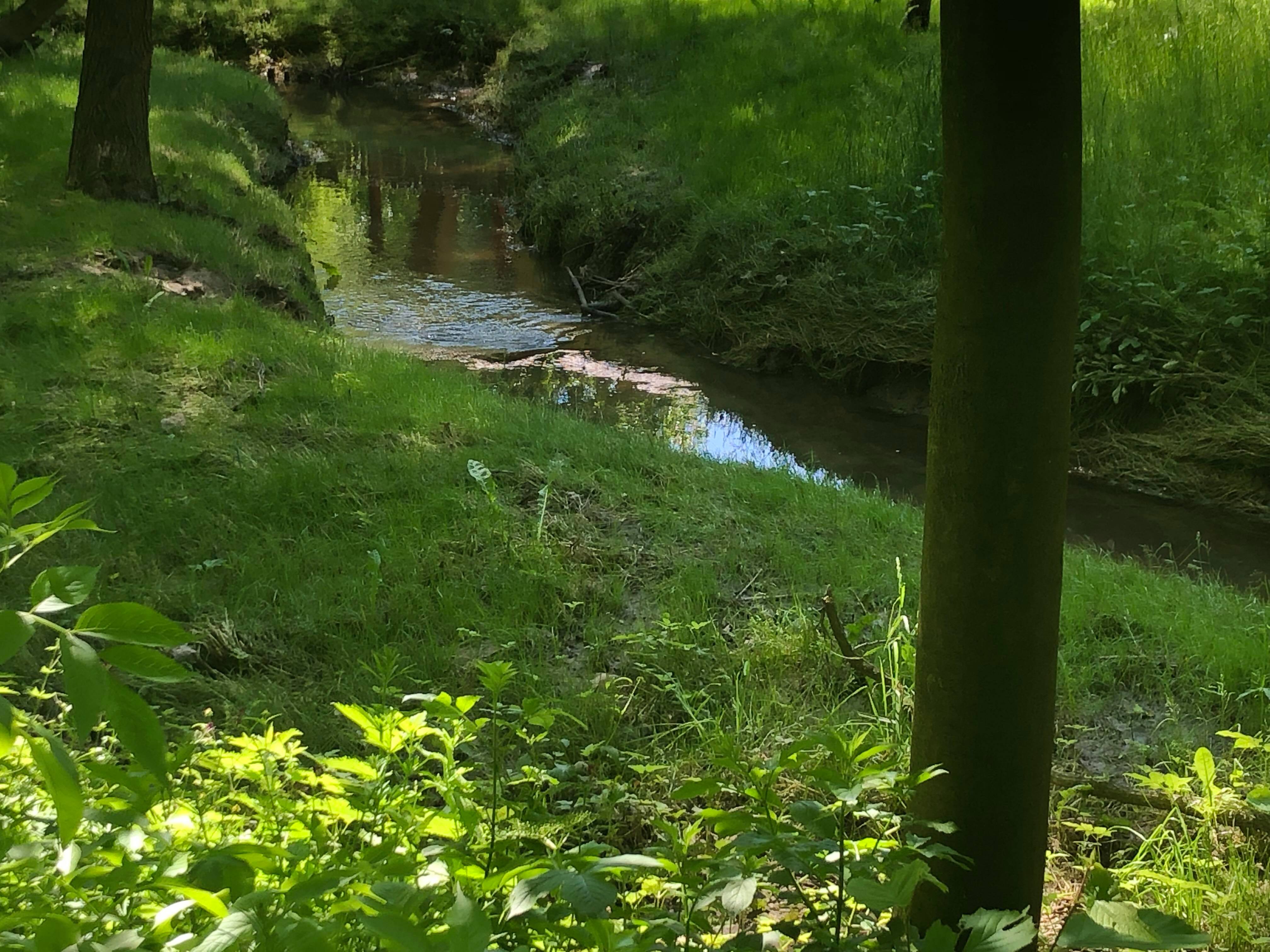Na nasłonecznionych zboczach o suchym podłożu wapiennym rozwinęły się murawy kserotermiczne – ciepłolubne zbiorowiska trawiaste o charakterze stepowym, których występowanie uwarunkowane jest warunkami klimatycznymi, glebowymi oraz ekspozycją stoków.
Są to zbiorowiska niezwykle barwne, o bogatej i zróżnicowanej florze, często z udziałem gatunków reliktowych oraz rzadkich, przystosowane do życia na suchym podłożu o odczynie zasadowym lub obojętnym, bogatym w węglan wapnia a ubogim w związki organiczne i wodę.
Nasłonecznione tereny w Dolinie Bibiczanki stanowią doskonałe miejsca bytowania gadów. Spotkać tu można m. in. jaszczurkę zwinkę Lacerta agilis. Jest to gatunek niezwykle aktywny za dnia. Lubią wygrzewać się rankiem na słońcu, co zwinkom, jako zwierzętom zmiennocieplnym, jest potrzebne do prawidłowego funkcjonowania organizmu. Wygrzewają się rano, by po południu polować w niskiej trawie.
Gdy temperatura przekracza 40ºC, chowają się do wykopanych przez siebie norek. Wieczorem wracają do swoich kryjówek, gdzie spędzają noc. Gady te mają swoje małe terytoria, których bronią i na których spędzają czasem całe życie.
Stałym bywalcem sąsiedztwa rzeki jest zaskroniec zwyczajny Natrix natrix – niejadowity i niegroźny dla człowieka gatunek węża, który doskonale pływa i nurkuje w wodach Bibiczanki.
ENG.
On the sunny, dry limestone slopes xerothermic grasslands have developed – they are thermophilic grass communities of steppe character, whose occurrence is determined by climatic and soil conditions as well as slope exposure.
These are extremely colourful communities with rich and varied flora, often with relict and rare species, adapted to life on dry, alkaline or neutral ground, rich in calcium carbonate and poor in organic compounds and water.
Sunny areas in the Bibiczanka Valley are excellent places for reptiles. You can meet here, among others, the lizard Lacerta agilis. It is an extremely active species during the daytime. They like to warm themselves up in the morning in the sun, which is necessary for the lizards, as heat-shifting animals, to function properly. They warm up in the morning to hunt in the afternoon in the low grass.
When the temperature exceeds 40ºC, they hide in their dug minks. In the evening, they return to their hiding places where they spend the night. These reptiles have their small territories, which they defend and where they spend their whole lives.
A regular visitor to the vicinity of the river is the grass snake Natrix natrix – and inedible and harmless species of snake, which perfectly swims and dives in the waters of the Bibiczanka.

